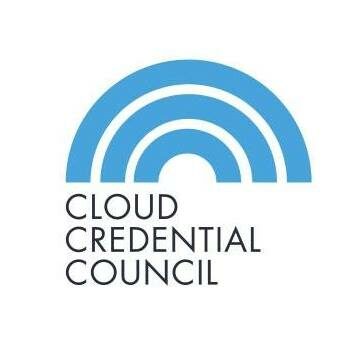Knowledge Byte: Crowdsourcing for Massive Cross-Platform Cloud Testing

Cloud Credential Council (CCC)

Crowdsourcing consists of delegating tasks to an unspecified group of people through an online platform. This group of people is known as a crowd, hence the name “Crowdsourcing”. Note, however, that the term Crowdsourcing became popular after it was used by Jeff Howe in an article titled “The Rise of Crowdsourcing” published in Wired magazine.
Crowdsourcing came naturally to software testing. As software testing can be performed by anyone who is attentive to details and is able to describe precisely the errors that they encounter, software testing can be efficiently crowdsourced. Process/Cycle/Inputs/Reasons Heading Crowdsourced testing was conceived around a Testing-as-a-Service (TaaS) framework. It helps companies reach out to a community to solve problems and remain innovative. When it comes to testing software applications, Crowdsourcing helps companies to reduce expenses, reduce time to market, increase resources for testing, manage a wide range of testing projects, test competence needs, and resolve higher defect rates.

Process/Cycle/Inputs/Reasons Heading
Crowdsourced testing was conceived around a Testing-as-a-Service (TaaS) framework. It helps companies reach out to a community to solve problems and remain innovative. When it comes to testing software applications, Crowdsourcing helps companies to reduce expenses, reduce time to market, increase resources for testing, manage a wide range of testing projects, test competence needs, and resolve higher defect rates.
Crowdsourced testing differs from traditional testing methods. Also a form of outsourced software testing, Crowdsourced testing is carried out by a large number of different testers from across the globe and is generally resource-limited and time-consuming activity. This enables small startups to use ad-hoc quality assurance teams, even though they themselves could not afford traditional quality assurance, testing teams. Clients may simply sign up, provide information about their web or software projects, and each company’s community of testers gets to work.
The testers report the issues or bugs they encounter in a bug tracking system. This allows developers to keep track of every issue reported and the development team’s progress in resolving them.
Previously companies had to hire software testers internally or delegate the task to a traditional consulting firm, which meant having to deal with schedules and normal logistical issues. Crowdsource testing simplifies the software testing process and helps web and software developers to streamline their development process.
Benefits of Crowdsource Testing
Some of the advantages of Crowdsource testing are:
● Flexibility: Traditional software testing providers are generally available only during business hours, which isn’t compatible with the typical work schedule of a programmer. By working with an international crowd of expert testers, software development teams can send a test request whenever their day’s work is finished, whatever time that is, and return to work the next day to find a clear list of bugs to tackle. This helps to streamline the development process.
● “Real-world” Multiplatform Testing: The multiplicity of Internet platforms today is a nightmare for any web or software developer. With Crowdsourcing, testers automatically test an interactive project against a variety of platforms, some of which might not be at the client’s disposal.
● Multilingual Testing: If the international crowd of testers is testing a website or an interactive product, notifications for bugs are received for different languages such as spelling mistakes in different languages. But this will not happen if the testing is done by a single employee of an organization.
Courses to help you get
results with Cloud
Professional Cloud Developer™
The industry-recognized CCC Professional Cloud Developer certification is based on the Cloud standards developed by NIST and includes best practices on application design for Cloud environments. Importantly, it supports many vendor technology solutions, covering Open Source and major vendor standards. We made sure to include various high-quality reference materials to help you in your career…
Never miss an interesting article
Get our latest news, tutorials, guides, tips & deals delivered to your inbox.
Keep learning




